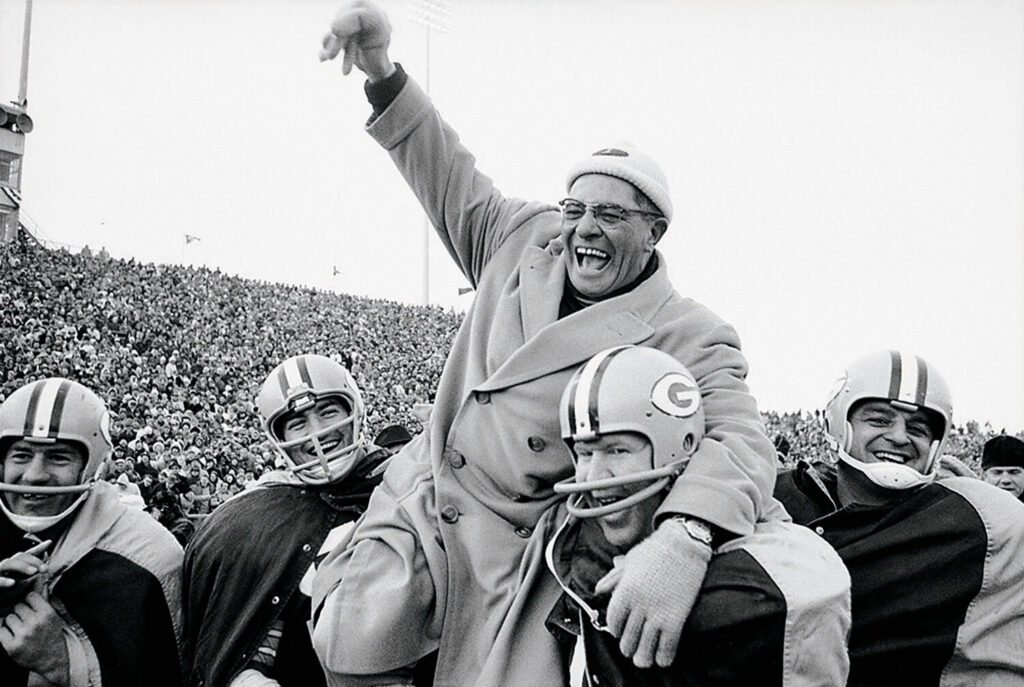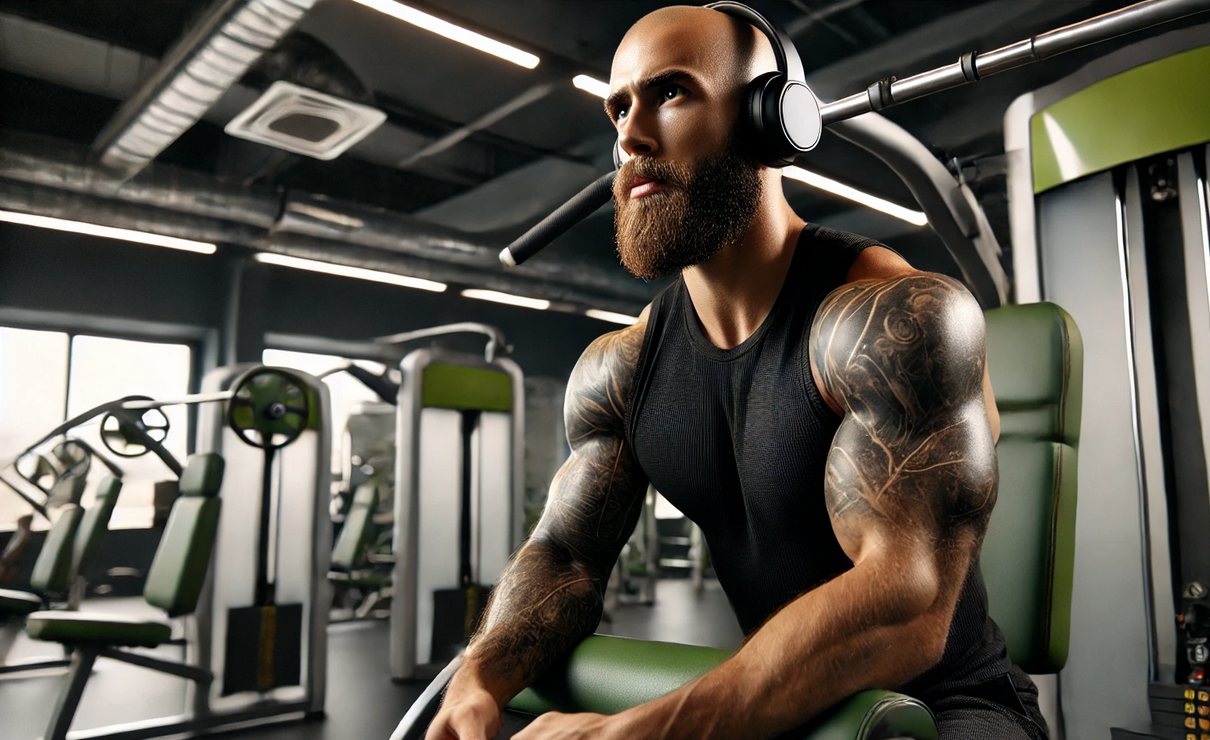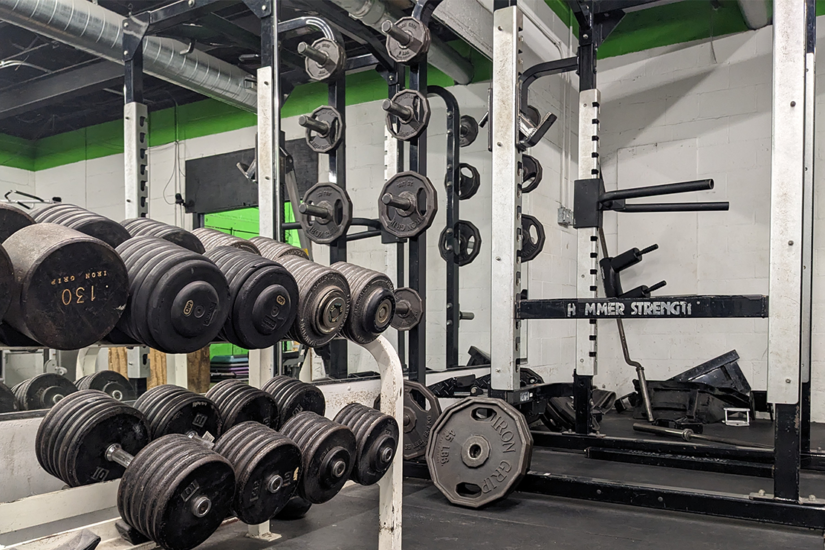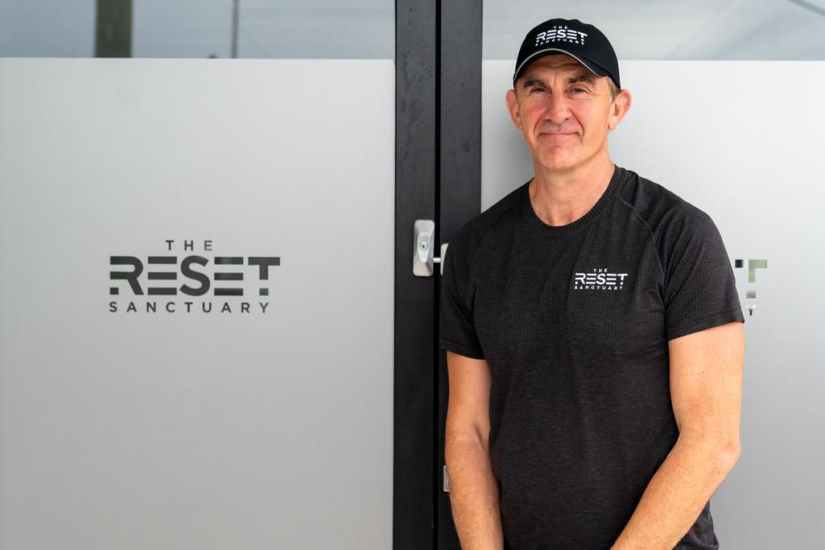You’re showing up, lifting hard, eating clean—and nothing’s changing. Progress has stalled.
Welcome to a workout plateau.
A plateau happens when your fitness goals hit the brakes. Strength stops increasing. Fat loss halts. Muscle growth doesn’t budge. You’re doing everything “right,” but the results you once saw? Gone. And here’s the truth: this isn’t failure. It’s not you doing something wrong. It’s your body doing what it does best—adapting.
Every fitness journey hits this wall. What separates the successful from the frustrated is knowing what it is, why it’s happening, and exactly how to push through.
What Is a Gym Plateau?
A gym plateau is when your body stops progressing despite consistent workouts. You’re lifting the same weights, eating the same foods, doing everything that once worked—and suddenly, it doesn’t.
Physically, that means strength gains stall, muscle growth slows, or fat loss freezes. Mentally, it feels like burnout: you’re showing up, but nothing changes.
Here’s the part most people miss—hitting a plateau is not a red flag that you’re failing. It’s actually the opposite. It means you’ve been consistent enough for your body to adapt. That’s a huge win. Plateaus are part of the process. They happen to everyone, from first-timers to seasoned athletes.
What throws most people off is the mindset. They buy into the workout plateau myth—believing it’s just an excuse for laziness. It’s not. It’s a real, biological checkpoint. And understanding the Benefits of Weightlifting will help you realize that even in these plateaus, you’re still moving forward.
Common Signs
Your gym plateau shows up when your exercise routine and/or results feel stuck. It’s not always obvious at first, but over time, the signs become crystal clear. Your workouts feel more like habits than challenges.
Look out for these common plateau indicators:
- No strength gains — Progress in lifts has completely stalled.
- Flat measurements — No movement on the scale or visible physique changes.
- Lack of motivation — Mental burnout or dreading the gym sessions.
- Same performance — Repeating the same weights, reps, or times for weeks.
According to a study published on PubMed, gym plateaus can occur when the body’s anabolic signaling pathways become less responsive due to prolonged resistance training—meaning the same workouts over time may trigger reduced muscle growth despite continued effort.
If this sounds familiar, it’s time to shake things up.
Why It Happens Despite Effort
You’re not doing anything wrong—your body’s just adapted. This is called training adaptation, a natural process where your body becomes efficient at handling the same stress. If you’re not changing the variables, the body stops responding.

There are no limits. There are only plateaus, and you must not stay there, you must go beyond them.
– Bruce Lee
Without progressive overload—gradually increasing weight, reps, or intensity—your muscles have no reason to grow. Repeating the same strength training sets with the same rest time keeps your body comfortable. And comfort doesn’t build results.
What Causes Gym Plateaus?
A training plateau doesn’t just show up for one reason—it’s usually a cocktail of repeated routines, missed recovery, and life’s outside stress creeping in. You might be doing everything you think is right, but your body’s not impressed anymore.
Let’s start with the basics. If you’re lifting the same weight, for the same reps and sets, week after week, your body has zero reason to grow. This goes for cardio too—same pace, same distance, same results. Adaptation kicks in, and progress flatlines.
Recovery is often the silent killer. Sleep gets skipped. Meals get missed. Your nervous system is fried, but you still push through. But grinding harder doesn’t always mean smarter.
And when rest is overlooked or passive downtime isn’t cutting it, burnout sets in. That’s where active recovery steps up—intentional, low-intensity movement that helps your body recharge.
There’s also the mental load. Stress at work, relationships, or just life in general—it adds up. And guess what? That stress raises cortisol levels, which messes with your recovery, sleep, and overall performance.
Experts at the National Academy of Sports Medicine explain that fitness plateaus often stem from a lack of variation in training. By modifying factors such as intensity, volume, and exercise type, you can reintroduce challenge and drive new adaptation.
If you’re wondering at this point how to avoid workout plateaus, keep reading. It all starts with understanding the causes, watching your patterns and breaking the loop before it hardens.
Training Mistakes That Stall Progress
Most people don’t hit a plateau because they’re not working—they hit it because they’re not lifting heavier weights, they are doing the same workout routine over and over again. The same lifts, the same reps, the same rest. The body adapts, and progress halts.
Here are some common mistakes that sabotage gains:
- Same weight every week — No overload = no growth.
- No variation — Repeating workouts stalls adaptation.
- Lack of intent — Poor focus = wasted volume.
- No deloads — The body needs time to reset.
You can’t outlift a stale program. It’s not about trying harder—it’s about training smarter.
Poor Recovery and Overtraining
Here’s the hard truth: more isn’t always better, not matter your fitness level. If your exercise routine lacks recovery, you’re not building muscle or even muscle tone—you’re breaking down.
Overtraining disguises itself as dedication. But chronic fatigue and lower energy levels, poor sleep, and nagging soreness are warning signs, not badges of honor. You might think you’re “pushing through,” but you’re really just digging a deeper hole.
Rest days aren’t a weakness. They’re where your growth actually happens. Without them, inflammation builds, injury risk spikes, and stress hormones like cortisol take over.
If your progress has stalled, look at your recovery, track your sleep,check your nutrition, and give your body time to repair. Remember, muscle doesn’t grow in the gym—it grows during rest, recovery and sleep.
How to Break Through a Plateau
Hitting a workout plateau is your body signaling that it’s time for change. The solution? Controlled, strategic variation. That includes your fitness routine, your recovery, your nutrition—and yes, even your mindset. There’s no need to trash your entire program.
So how do you break through a plateau in weight lifting? Start by applying targeted changes in intensity, rest, volume, and lifestyle. The plateau isn’t the problem. Stagnation is. Action is the fix.
Push harder than yesterday if you want a different tomorrow.

Changing Up Your Workouts
Your muscles crave challenge and variety. Try these proven tweaks to your workout routine:
- Switch rep ranges — Train in new intensity zones – if you were doing 8-12 reps, try 15-20.
- Add resistance bands — Create variable tension and wake up sleepy muscle groups.
- Use compound supersets — Combine exercises back-to-back with minimal rest to push past strength barriers.
Small shifts in tempo, exercise order, or even switching from machines to free weights can completely reset your progress. Keep your body guessing—that’s how you grow.
Adjusting Nutrition and Hydration
Plateaus aren’t just about workouts—they’re often fueled by underperforming recovery. And that starts in the kitchen. Maybe you are even hitting a plateau in weight loss? It’s often tied to overlooked habits: eating too little, skipping meals, or poor hydration.
Try these upgrades to support muscle growth and fat loss:
- Track calories and macros—fuel your body, not starve it.
- Hydrate consistently—aim for at least 3 liters per day.
- Time your meals—especially around training windows.
The Mayo Clinic notes that weight-loss plateaus are a common result of the body adapting to reduced calorie intake, which slows the resting metabolic rate and triggers hormonal shifts that make continued fat loss more difficult. Dialing in your diet doesn’t require perfection—just awareness.
Staying Motivated During a Plateau
When your progress slows, your mindset matters more than your macros or your programming. It’s easy to feel stuck—but showing up anyway? That’s where real progress lives.
Plateaus test more than your body—they test your identity. Anyone can lift when results are flying in. But the real ones? They lift when the mirror stays the same and the numbers don’t move.
If you’re losing steam, it doesn’t mean your fitness goals don’t matter. It means this phase is teaching you consistency without reward. That’s rare. And it builds something even stronger than muscle—resilience.
Accountability can help you power through when motivation fades. Working with a Certified Personal Trainer can bring structure and external drive that reignites purpose.
Most people fail, not because of lack of desire, but, because of lack of commitment
– Vince Lombardi

Recognizing Mental Burnout
Sometimes the weight you’re carrying isn’t on the barbell—it’s in your head. Mental burnout shows up as procrastination, dread, or obsession over progress. You’re not lazy—you’re just drained.
Stop piling on intensity and start listening to what your body and brain need. Rest, variety, and fun can be more productive than another max-effort week.
Remember: burnout is feedback. Not failure. Use it to recalibrate, not quit.
Goal Setting and Positive Mindset
Numbers are great. But they’re not the only measure of progress.
Build momentum with goals that have nothing to do with scale weight or hitting a new personal record (PR). Try this:
- Set process goals — Show up 3x this week, even if it’s not perfect.
- Celebrate wins — Got through a tough session? That counts.
- Visualize success — Not just how it looks, but how it feels to persist.
Progress is built in the quiet reps—when no one’s clapping and nothing’s flashy. But you? You’re still moving.
Takeaways and Next Steps
If your workouts have hit a wall, it’s not the end—it’s just a new phase in your fitness journey. A plateau means your body has adapted, and that’s not failure. That’s feedback. It’s time to switch the formula.
Best Ways to Break a Plateau in the Gym
- Switch rep ranges
- Add resistance bands
- Use compound supersets
- Track calories and macros
- Hydrate consistently
- Time meals around training
- Schedule deload weeks
- Include active recovery
- Set goals
- Visualize success
Don’t aim for perfection. Choose one simple action today: add a set, change your workout order, eat with more intent, or ask for help. You move forward by moving—not by waiting for motivation to strike. Even understanding the role of reps and sets can quickly help reset your workouts from the ground up.
So how long do plateaus last? Most plateaus resolve in a few weeks—if you make smart, intentional changes and listen to your body.
A few easy modifications to your routine can take you out of a plateau and back into progress in a matter of days. The worst thing you can do, is nothing. Experiencing a plateau in the gym is your body telling you that is time for change. So change. Right Now!
“We are what we repeatedly do. Excellence then is not an act, but a habit.” ~ Aristotle
Stay Strong.
~ Rob








